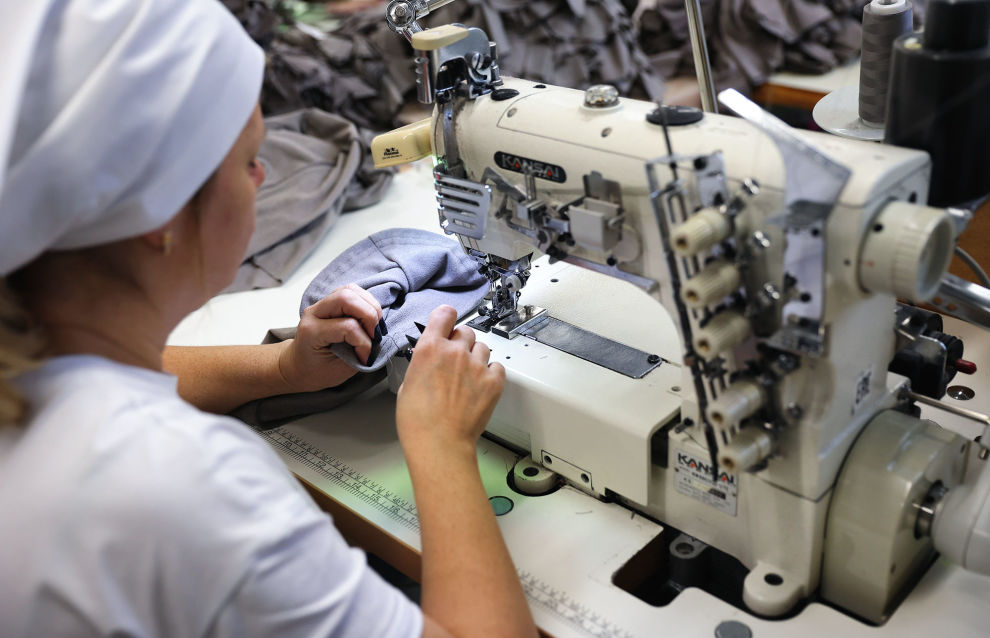Clothing to protect Arctic firefighters from fire and cold simultaneously created in Russia
Test samples of clothing for firefighters and rescuers working in the Arctic have been designed by St. Petersburg specialists. The fabrics have composite materials applied to them, and heating elements based on carbon nanotubes are added inside, which makes it possible to protect a person both from fire and hypothermia. At the same time, clothing cannot catch fire even at temperatures above 450° C.
“When tested in a fire simulator with a temperature of more than 450° C, the outer protective layer of the experimental sample did not catch fire and retained its integrity throughout the test. There were only superficial traces of thermal exposure such as darkening in spots. The results obtained showed the prospects of using these materials and a thermal protection system based on carbon nanostructures,” said Olga Zybina, Deputy Head for Research of the St. Petersburg State Fire Service under the Emergencies Ministry of the Russian Federation.
Specialists note that extinguishing fire in severe cold weather takes about one and a half times longer than under normal conditions. At the same time, firefighters and rescuers are at risk of hypothermia and frostbite, and emergency situations often break out far away from medical facilities.
“Scientists at the Chemical Technology Department at our university have many years of experience with special methods of finishing and coloring fire-resistant fabrics. In order to improve the refractory properties of firefighters’ overalls, the fabric was treated with a specially developed mix of modified composites based on carbon nanostructures. Heating modules from a conductive fabric created with graphene nanotubes were integrated into the inside of the clothing to reduce the risk of hypothermia when working at low temperatures,” said Yelena Sashina, head of the Chemical Technology Department at St. Petersburg State University of Industrial Technologies and Design.
In the near future, the designers hope to establish mass production of such clothing. In addition, they believe these materials can be used for purposes other than special-purpose clothing, too. Non-combustible heating fabrics can be used in the space and aircraft industry and even for upholstery of seats in public transit.
The protective clothing was designed by the ArcticTex startup of the Northwestern Nanocenter, St. Petersburg State University of Industrial Technologies and Design, and St. Petersburg University of State Fire Service under the Emergencies Ministry. Both universities asked their students to work on this. The products were tested as part of the Safe Arctic 2023 interdepartmental research exercise.
